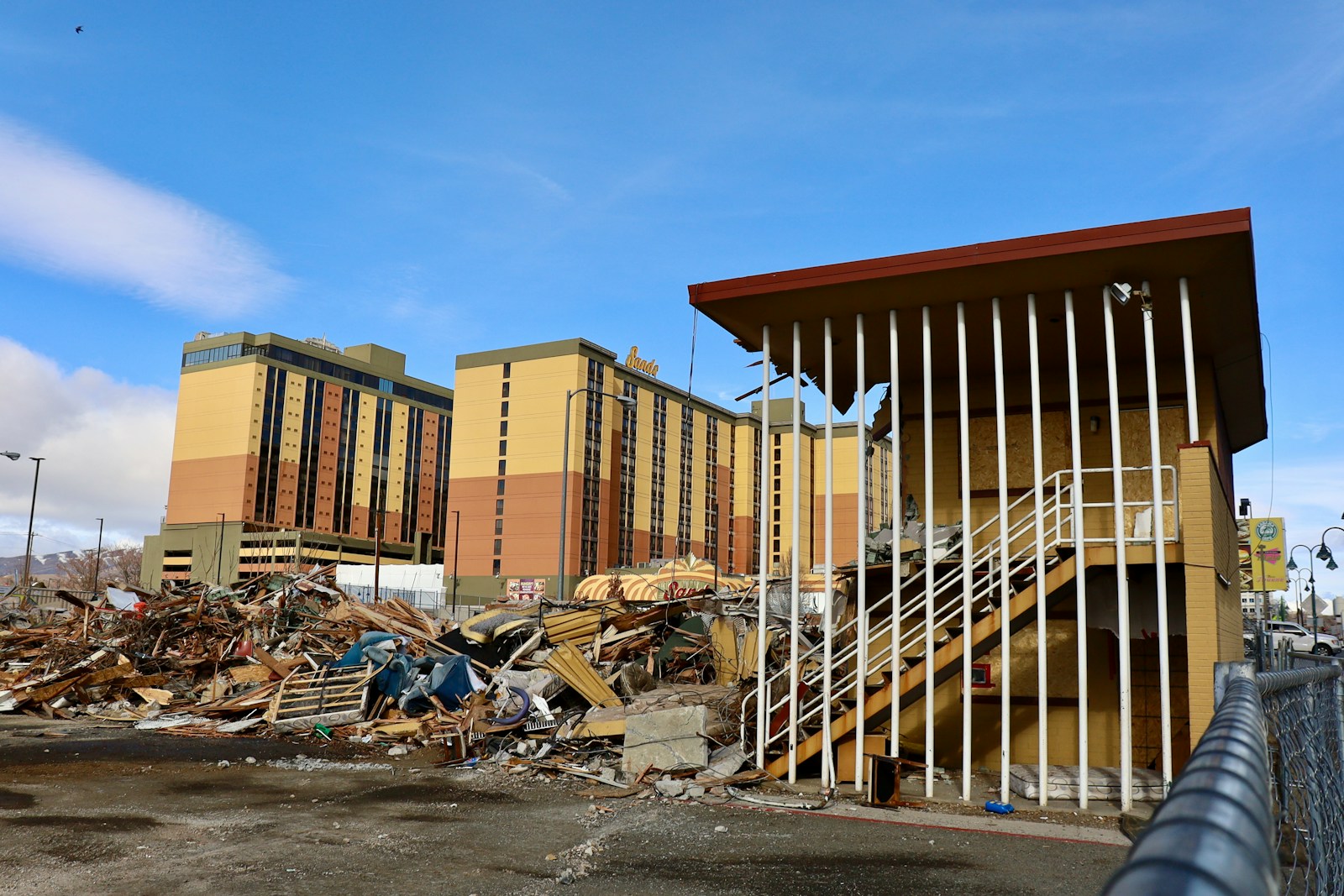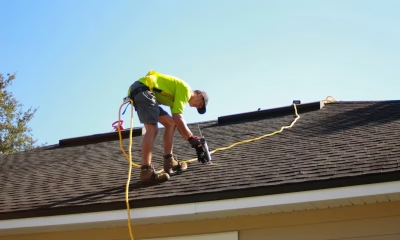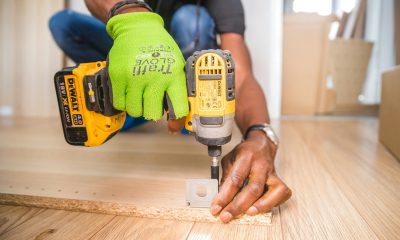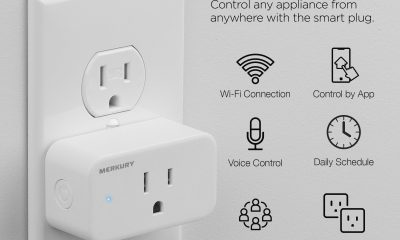Guides
How To Be Preparing for a Demolition Project?

If you have a home project, such as a kitchen remodel, extensive yard work, or even removing a pool, there are steps you should take to prepare. This includes clearing out a driveway or garage to make room for equipment. It might involve removing items that may be potentially damaged in a destruction task. Here are some steps to take to prepare for a demolition project:
Determine the Project’s Scope
Before beginning your project, determine what it will entail. If you are expanding your kitchen, you may need to remove a wall. Your project may involve removing and discarding old cabinets or kitchen cabinets. These demolitions generate a large amount of debris. The time it takes may depend on the size of your project.
Most demolition companies can handle projects of varying sizes, including total demolitions, which involve the destruction of an entire structure. This can be used to clear an area to construct a new building if the previous one is too old or damaged.
It can be used in residential areas to construct new homes. For new buildings, a contractor grades the land, making it level and ready for a solid structure to be built on. Understanding your needs will help you collaborate with a professional to implement an efficient plan.
Clear the Work Area
Before starting the demolition project, you will need to remove anything you don’t want to be affected. If you’re doing a kitchen remodel and want to keep the cabinets, you’ll need to take them down and store them.
If you’re doing a yard excavation and wish to keep any shrubs or trees, be sure to dig them up and save them. Consult with an expert to understand what the project involves and what will be demolished during the job.
Take Safety Measures
There are some safety precautions to take before undertaking a demolition project. A demolition company should have the proper protective equipment, such as masks, gloves, and hard hats, which can help prevent injury.
Make sure to block off the work area with barriers or tape so people know it’s an active zone with potential hazards. Only authorized individuals and professional contractors should be allowed in this area. Make sure the area is clear and hazard-free for the workers.
After demolition, a professional can identify and separate recyclable materials from junk debris and have them removed for you. Recyclable materials include metal and stone from countertops, while junk includes drywall and splintered wood. Before the project, it’s a good idea to estimate the amount of debris that will be produced and plan accordingly.
Contact a Reputable Demolition Company Today
Even a small DIY project can be challenging. A professional has the experience and tools to complete a job promptly. They undertake tasks as large as demolishing a total building, and can handle smaller residential tasks, such as removing walls.
While working on a job, they could remove areas infected by asbestos, making your home safer. Contact a reputable company today to begin your project.
Mapping Out Your Demolition Timeline
A realistic schedule keeps your project moving smoothly—and prevents surprise delays.
Pre-Demo Walkthrough
-
On-Site Assessment: Walk through every corner of the work area with your contractor to confirm exactly what will be removed.
-
Milestone Dates: Agree on start, midway debris haul, and final site-cleanup dates.
-
Permit Lead Time: Factor in 2–4 weeks for local demolition permits skip this step and you risk work stoppages.
Keeping Milestones on Track
-
Progress Check-Ins: Schedule brief daily huddles (5–10 minutes) with your crew to address questions and adjust plans.
-
Communication Log: Use a shared document or app (like Asana or Trello) to record completed tasks, site photos, and any change-order requests.
-
Buffer Days: Build in 10–15% extra time to handle unforeseen issues—hidden mold, extra shoring, or weather delays.
Hiring a Skilled Demolition Contractor
Not all wreck-out crews are created equal. Vet candidates with these criteria:
Licensing, Insurance, and Certifications
-
General Liability & Workers’ Comp: Ask for insurance certificates that cover property damage and on-site injuries.
-
Specialty Abatement: If lead paint or asbestos is present, confirm the contractor holds EPA or state abatement certifications.
-
Local Reviews & References: Seek recommendations from recent clients and check online reviews on sites like Google or Angie’s List.
Transparent Cost Estimates
-
Detailed Line Items: Labor, equipment rental, permit fees, debris disposal, and any subcontractor costs should each have its own line.
-
Change-Order Process: Understand how additions to scope—like unexpected structural shoring—will be billed.
Staging Equipment and Logistics
Proper staging accelerates work and minimizes site congestion.
Equipment Placement
-
Heavy Machinery Zone: Park excavators, skid-steers, and dumpsters on firm ground—preferably on gravel or reinforced mats to protect utilities.
-
Material Stockpile: Keep reusable items (bricks, lumber) separated and covered to prevent weather damage.
Traffic and Access Control
-
Delivery Windows: Block off narrow driveways for big-truck delivery during off-peak hours to reduce neighborhood disruption.
-
Flaggers and Signage: If machinery crosses a public sidewalk or road, assign trained flaggers and post clear “Work Zone Ahead” signs.
Controlling Dust, Debris, and Noise
Demolition can get messy—these tactics keep it contained.
Dust Suppression
-
Water Misting: Lightly spray demolition surfaces to keep fine particles down without creating mud.
-
Containment Barriers: Hang heavy-duty plastic sheeting from rafters or temporary frames to isolate the work area.
Noise Mitigation
-
Schedule Loud Work: Plan jackhammering or large-equipment runs between 9 AM and 4 PM to respect local noise ordinances.
-
Equipment Maintenance: Well-tuned machinery runs quieter—and breaks down less often.
Sustainable Debris Recycling and Disposal
Smart waste strategy cuts landfill fees and may earn green credentials.
Separate, Sort, and Salvage
-
Metals: Copper wiring, steel beams, and aluminum frames fetch scrap value.
-
Concrete & Masonry: Many recycling centers crush concrete into road base or fill.
-
Donate Reusable Fixtures: Cabinets, doors, and windows often find new life at Habitat ReStores.
Hazardous Material Handling
-
Asphalt Shingles: Recycle with asphalt plants or dispose at approved landfills.
-
Treated Lumber & Lead Paint Debris: Secure in labeled, sealed containers and ship to licensed waste facilities.
Final Site Cleanup and Handover
A polished finish cements your reputation—and sets up the next phase of construction.
Grading and Backfill
-
Screen Soil: Remove stray nails, glass, and debris before re-compacting.
-
Erosion Control: Install silt fences or straw wattles on slopes to prevent sediment runoff.
Walk-Through with Stakeholders
-
Punch List: Together with your client, note any minor touch-ups—leftover nails, scuff marks, or missed debris.
-
Sign-Off Document: Obtain written approval that the site is cleared and ready for build-out.
Keeping Neighbors and Authorities in the Loop
Good communication turns potential headaches into community goodwill.
-
Advance Notice Flyers: Hand-deliver or mail a brief notice to adjacent properties outlining your timeline and contact info.
-
Weekly Updates: Post a simple email or text summary of progress and upcoming activities.
-
Emergency Contacts: Provide a 24/7 phone number for any urgent neighbor or municipal inquiries.
By plotting a clear timeline, partnering with certified professionals, staging equipment thoughtfully, controlling dust and noise, recycling debris responsibly, and wrapping up with a meticulous clean-up, you transform demolition from chaos into a well-orchestrated operation.
-

 Gadgets3 years ago
Gadgets3 years agoDoes Nest Thermostats Contain Cameras Or Microphones? Is It Safe For you?
-

 Guides1 year ago
Guides1 year ago10 Best Apps To Control All Your Smart Home Devices.
-

 Gadgets3 years ago
Gadgets3 years agoWhat Is The Purpose Of Red Button On The SimpliSafe Keypad?
-

 Gadgets3 years ago
Gadgets3 years agoComplete Guide About Equalizer settings for Samsung-Soundbar
-

 Accessories2 years ago
Accessories2 years agoBlink Camera’s Temperature Sensor Settings, and More
-

 Solutions3 years ago
Solutions3 years agoWhy is My Samsung TV Picture So Dark? Exploring the Possible Causes
-

 Gadgets3 years ago
Gadgets3 years agoFitbit Symbols Meaning: What Do The Fitbit Icons Mean?
-

 Accessories2 years ago
Accessories2 years agoCan Siri Control Samsung Televisions And Are Samsung TVs Homekit Compliant?























































































































